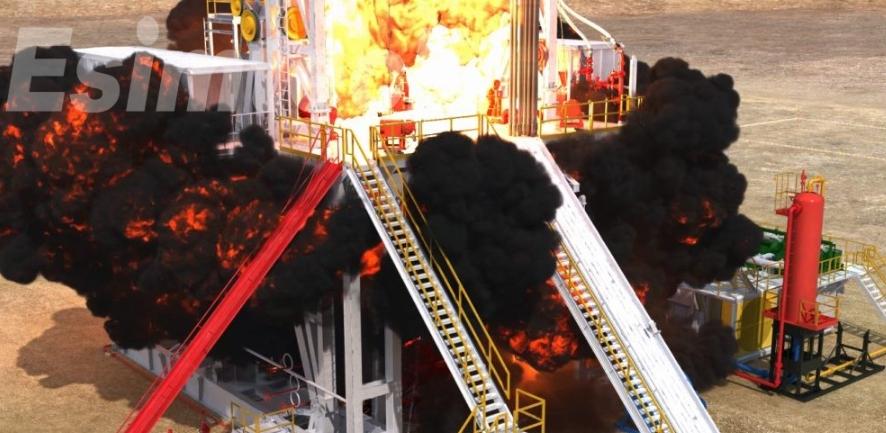Latest Technologies in Oil and Gas Safety Training

The oil and gas industry is a vital part of our global economy, but it's also one with inherent risks. Keeping workers safe is paramount, and that's where innovative training technologies are making a real difference. Let's dive into some of the hottest trends transforming safety training in the oil and gas sector:
1. Adaptive Learning: Tailoring Training to Individual Needs
Imagine a training program that adjusts to your strengths and weaknesses. That's the power of adaptive learning. This technology leverages AI algorithms to analyze a user's performance and comprehension, dynamically customizing the learning path, content, and pace. This ensures everyone grasps crucial safety concepts, regardless of prior knowledge.
2. Virtual Reality (VR) and Augmented Reality (AR): Stepping into Simulated Scenarios
VR puts trainees in hyper-realistic, immersive environments. Imagine practicing emergency procedures on a virtual offshore platform or learning proper equipment handling in a simulated refinery. VR creates a safe space to experience potentially hazardous situations without risk. AR, on the other hand, overlays digital information onto the real world. Workers can see critical safety data projected onto equipment, fostering better decision-making on the job.
3. Wearables: Monitoring Wellbeing and Preventing Accidents
Wearable devices like smartwatches and sensor-embedded clothing are becoming a game-changer. These gadgets can track vital signs, monitor for fatigue, and even detect falls. Real-time data allows for proactive intervention, preventing accidents before they happen. Imagine a smartwatch alerting personnel if a worker's heart rate spikes in a dangerous situation, prompting a quick safety check.
4. Digital Twins: Creating Virtual Replicas for Safety Analysis
Digital twins are digital replicas of physical assets, like pipelines or rigs. Using real-time data and simulations, companies can predict potential equipment failures, allowing for preventative maintenance and minimizing operational risks. This translates to a safer work environment for everyone involved.
5. Real-time Monitoring and Connected Worker Solutions
Keeping a watchful eye on remote workers is crucial. Connected worker solutions utilize GPS tracking and other technologies to pinpoint worker location in real-time. This allows for faster response times to emergencies and improves overall situational awareness. Imagine a system automatically sending help to a lone worker who suffers a fall on a remote drilling site.
The Future of Safety is Now
These are just a few examples of how technology is revolutionizing safety training in the oil and gas industry. By embracing these advancements, companies can create a safer work environment, reduce accidents, and cultivate a strong safety culture. With these tools, the future of oil and gas is not just productive, but demonstrably safer for everyone involved.
- Art
- Causes
- Crafts
- Dance
- Drinks
- Film
- Fitness
- Food
- Jogos
- Gardening
- Health
- Início
- Literature
- Music
- Networking
- Outro
- Party
- Religion
- Shopping
- Sports
- Theater
- Wellness


